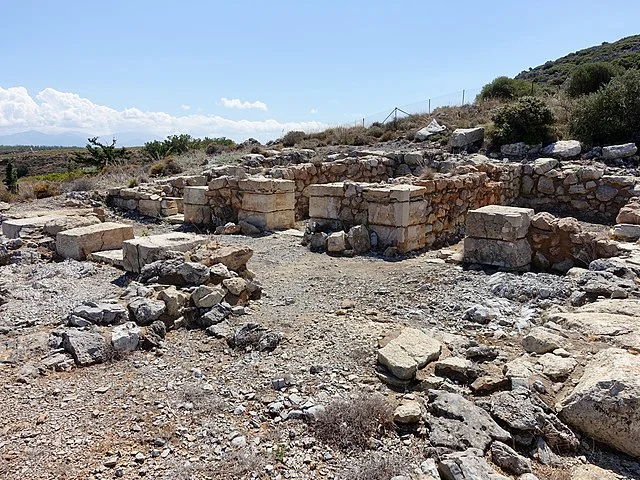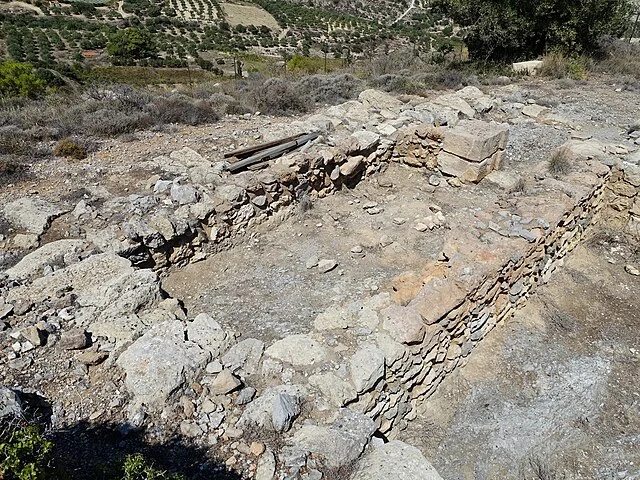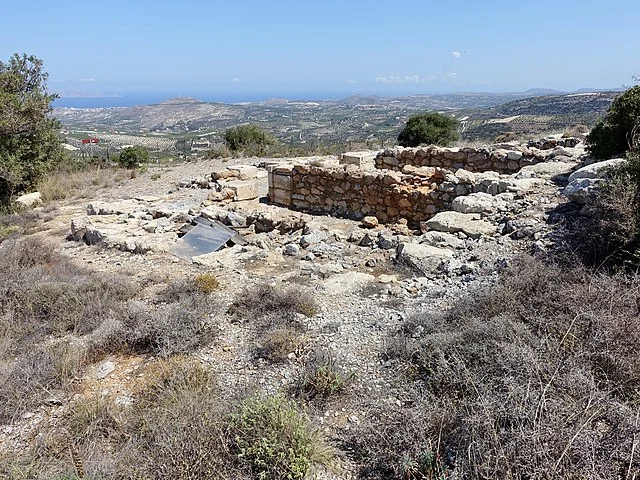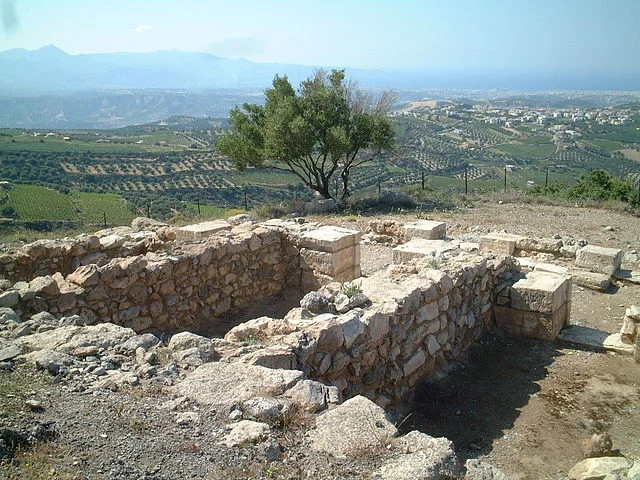Anemospilia is an archaeological site located on the northern slopes of Mount Juktas in Crete. It dates to the Minoan period, specifically around 1700 BC. The site was discovered in 1979 by archaeologist Yiannis Sakellarakis. Its excavation provided valuable insight into Minoan religious practices, including evidence of possible human sacrifice, which has sparked ongoing academic debate.
Get your dose of History via Email
The Discovery

Anemospilia was uncovered during a systematic survey of the area around Mount Juktas. This mountain held religious significance for the Minoans. It is believed to be a sacred site dedicated to the worship of their deities, particularly related to the sky and the weather. The sanctuary at Anemospilia was likely part of this broader religious landscape.
Structure of the Site

The Anemospilia site consists of a small building with three main rooms and a vestibule. The structure is believed to have been a temple. Archaeologists identified an altar and various religious artifacts, suggesting ritual activity occurred here. The building, however, appears to have been abandoned suddenly, likely due to an earthquake that caused its destruction.
Evidence of Human Sacrifice

One of the most controversial aspects of Anemospilia is the evidence suggesting human sacrifice. The discovery of three human skeletons within the ruins was particularly striking. One of the skeletons was found lying on an altar-like platform, leading researchers to believe that the individual may have been a sacrificial victim. The positioning of the body, combined with the discovery of a knife nearby, supports this hypothesis.
The other two skeletons were found in different parts of the structure, possibly priests or participants in the ritual. One body showed signs of a violent death, possibly from the collapse of the building during an earthquake. Scholars debate whether the ritual was interrupted by this natural disaster, making Anemospilia an unusual and tragic archaeological find.
Religious Significance
Anemospilia offers valuable evidence of Minoan religious practices, but it is also unique. The discovery of human remains and possible human sacrifice sets it apart from other Minoan sites. Minoan religion generally involved animal sacrifices, especially bulls. Therefore, the evidence of human sacrifice has sparked controversy and debate. Some scholars argue that this practice may have been rare and confined to extreme circumstances, such as natural disasters or social crises.
Academic Debate
The idea of human sacrifice at Anemospilia remains a topic of academic debate. Some scholars argue that the site offers clear evidence of such practices, while others question the interpretation of the findings. Critics argue that the remains may have been victims of the earthquake rather than sacrificial offerings. Despite the controversy, the site remains an essential piece of evidence in understanding the complexities of Minoan religion.
Conclusion
Anemospilia provides a fascinating glimpse into Minoan religion and society. The site’s unique findings, particularly the possible evidence of human sacrifice, make it a significant subject of study for historians and archaeologists. While debate continues about the interpretation of these discoveries, Anemospilia remains a crucial part of the broader understanding of the Minoan civilization.
Source:

